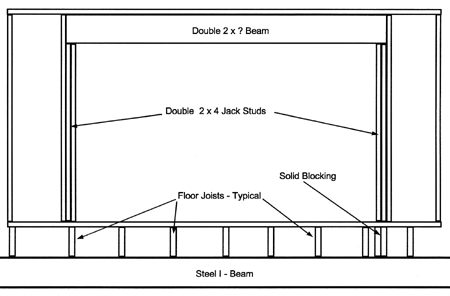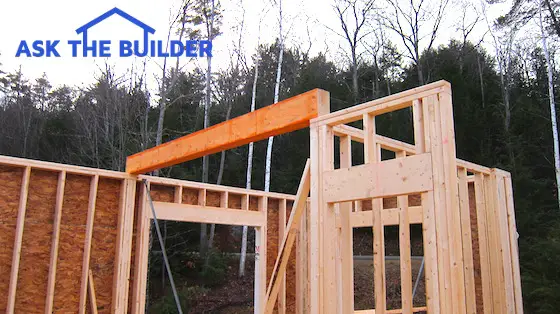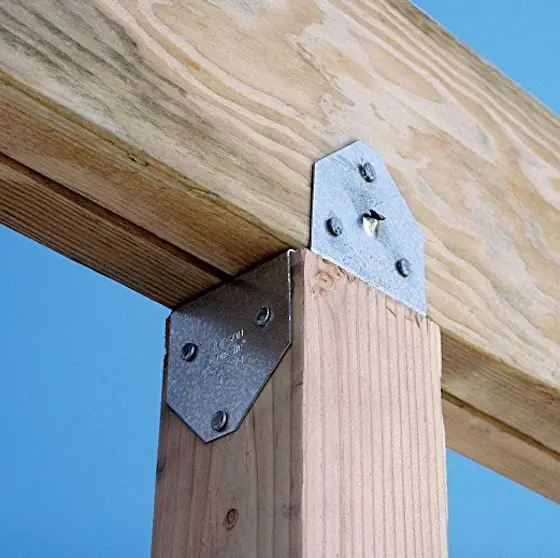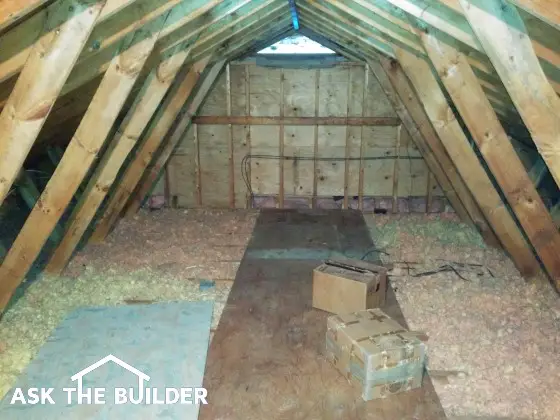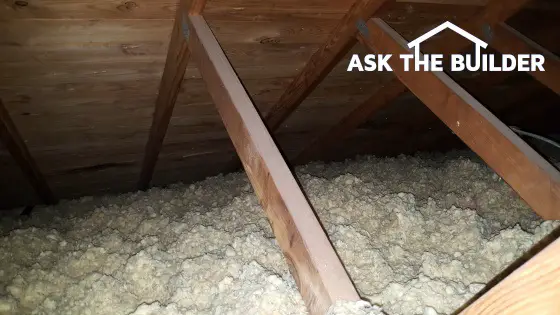| Be sure to read the special Author's Note at the end of this column. It provides updated information on this topic. |
Fiberglass & Cellulose Insulation Facts, Installation Thicknesses, Manufacturers & Tips
Insulation is like just about any other building material with respect to changes. Major manufacturers spend millions of dollars on research and development in an attempt to make better and better products. Innovations and new products often result from these efforts.
One wouldn't think that insulation would be able to be greatly improved. After all, it is a very basic material, either fiberglass or cellulose. I mean, really, what can you do to those materials? The answer is simple. Lots!
Insulation Facts
Insulation is a really big business. For example, fiberglass insulation sales are close to from four to six billion dollars per year. Cellulose insulation sales are much smaller. The Cellulose Insulation Manufacturers Association quotes annual sales of cellulose ranging between 115 and 125 million dollars. It is obvious that fiberglass is the sweetheart building material preferred by builders, remodelers and homeowners. Part of the reason for the low cellulose sales figure lies in the fact that product quality suffered during the energy crisis of the 1970's. The number of companies making cellulose swelled and many of these companies made an inferior product.
Learn the secrets for successfully installing insulation with my Insulation Installation Checklist. I offer a 100% Money Back Guarantee.
Fiberglass Facts
Fiberglass is a very unique product. Its name describes exactly what it is. Fiberglass is simply spun glass fibers. Glass is melted and spun in a centrifuge that has small holes. It's pretty similar to making cotton candy, but on a much bigger scale.
Fiberglass is non-combustible. It simply won't burn. If a fire gets hot enough, it will just melt. However, fiberglass batts that are covered with kraft paper or a foil facing are combustible. The fiberglass won't burn, but the paper and foil facings will readily burn. In fact, many household fires are caused in this fashion. I, myself, accidentally started a fire in a crawlspace. Someone had installed kraft paper faced insulation between the floor joists with the paper facing out towards the ground. I was using a plumbing torch to solder some pipes. I was trying to be extremely careful, however, I glanced away for just a second and whoosh the paper was on fire! Fortunately, I was able to quickly extinguish the fire.
Fiberglass, especially batt type, will not settle with age. Because of this attribute, it will maintain its R-value (measure of insulating power) over the life of the product.
The R-value of blown-in fiberglass insulation can be affected by temperature differences in very cold climates. In fact, it can lose up to 50 percent of its R-value when the temperature differential between the heated space and the unheated attic is significant. The best defense in these situations is to install extra fiberglass to compensate for this loss.
The R-value of different types of fiberglass is not the same per inch. For example, you can expect R-values between 3.2 to 3.3 per inch in fiberglass batts and blankets when fully expanded. Loose fiberglass fill (poured or blown) usually exhibits an R-value of 2.1 to 2.7 per inch.
Cellulose Facts
Cellulose insulation is very easy to manufacture and the raw material, recycled newspapers, is very inexpensive. The equipment to blow it in is also very inexpensive.
There are two ways to install it. It can either be blown-in dry or wet. The wet application requires water and an adhesive.
The cellulose can also be blown before drywall or plaster is attached to walls. In these instances,a tough plastic fabric is stretched tightly across the wall framing members. The cellulose is then blown in at the top of the membrane. The installers need to make sure that the density is consistent, however.
Cellulose, especially when blown dry, can and does settle. Manufacturers recommend that you install cellulose until it reaches its 'settled' R-value. After settling, cellulose has an R-value of 3 per inch.
Cellulose is fire resistant. It is not fireproof! Cellulose treated with fire resistant chemicals has ignited in laboratory and real-life installed conditions. Cellulose insulation fires can sometimes smolder undetected for hours. Laboratory tests have shown that cellulose insulation, when heated to temperatures near 300 degrees F, can loose its fire retardant properties. Cellulose also has a tendency to produce large volumes of dust during installation. This is more of a problem when installing the material dry.
Author's Note:
Routinely I am blessed to hear from professionals and industry experts who share in-depth and updated information about a topic. You'll absolutely want to read the letter I received from the President of NAIMA (North American Insulation Manufacturers Association). It really helps clarify some of the points I just touched on in this column.
Column 054
